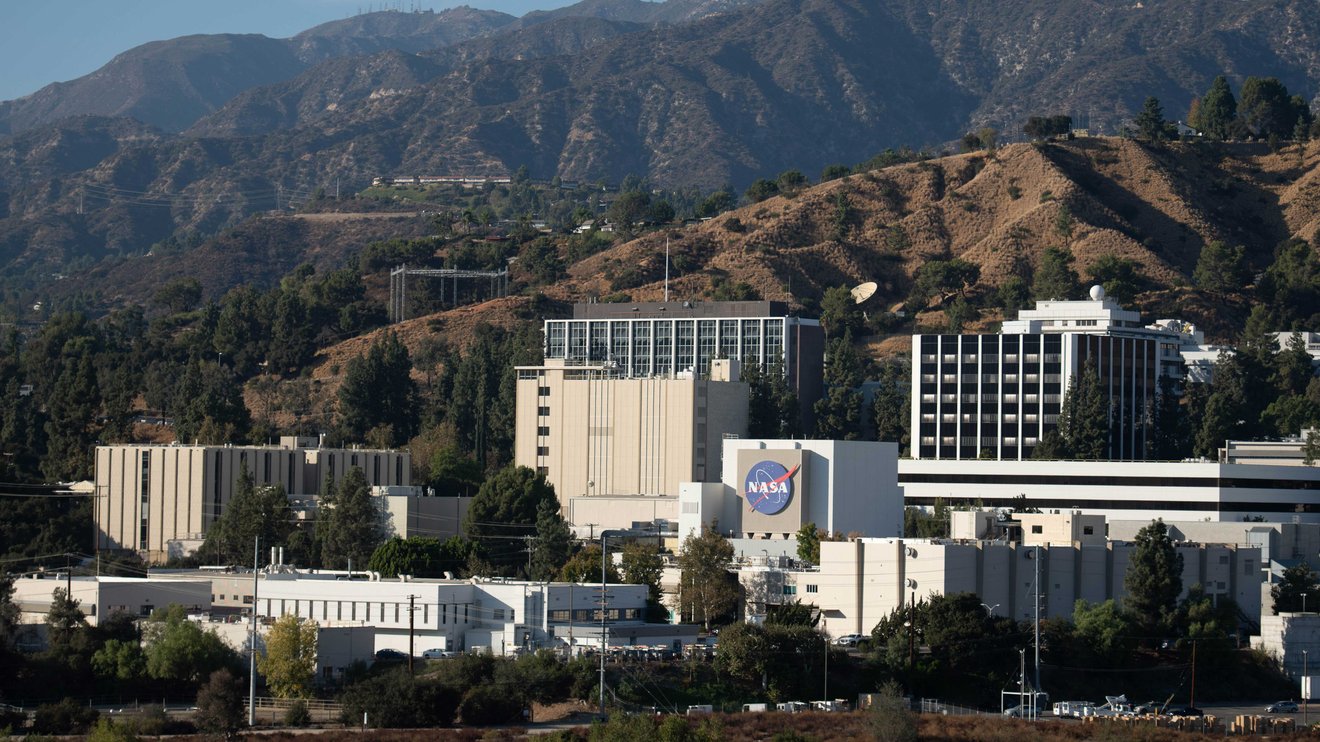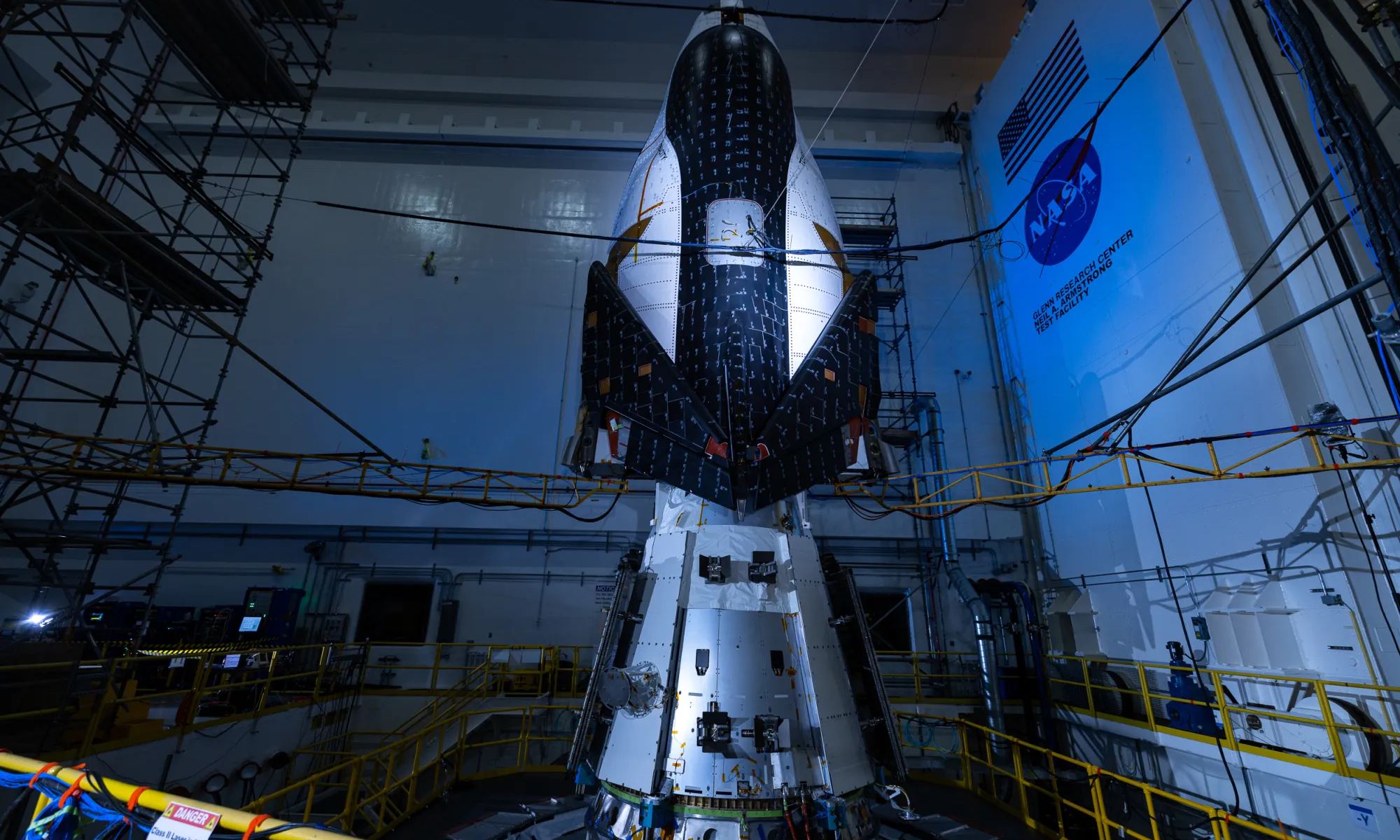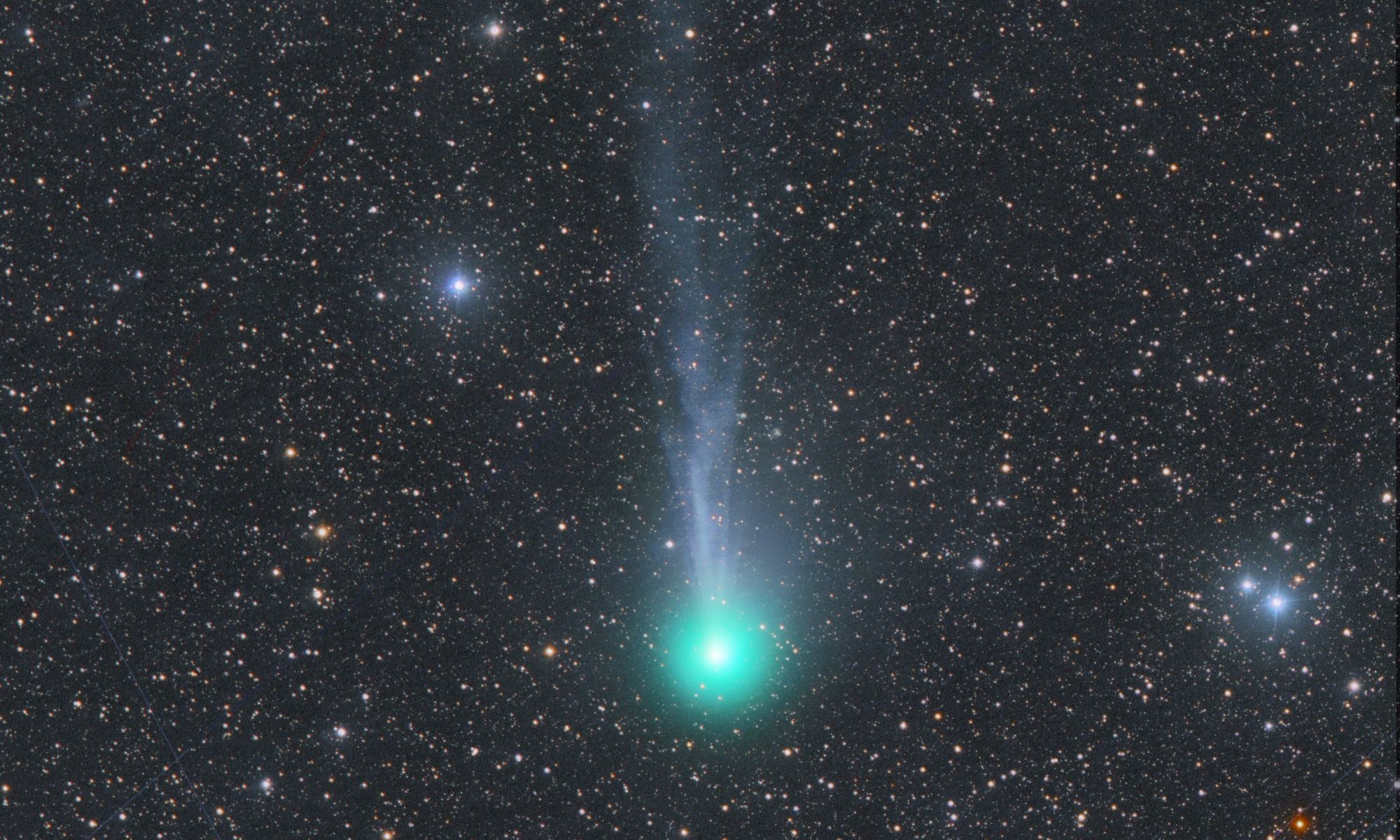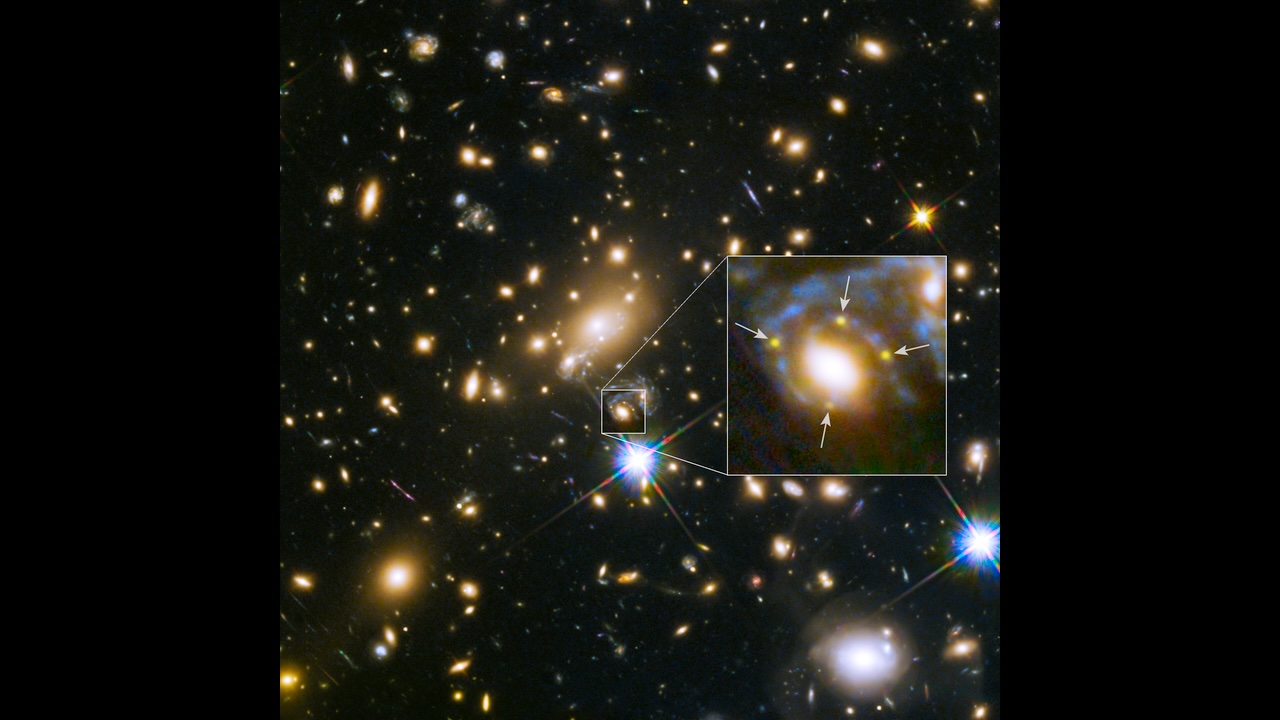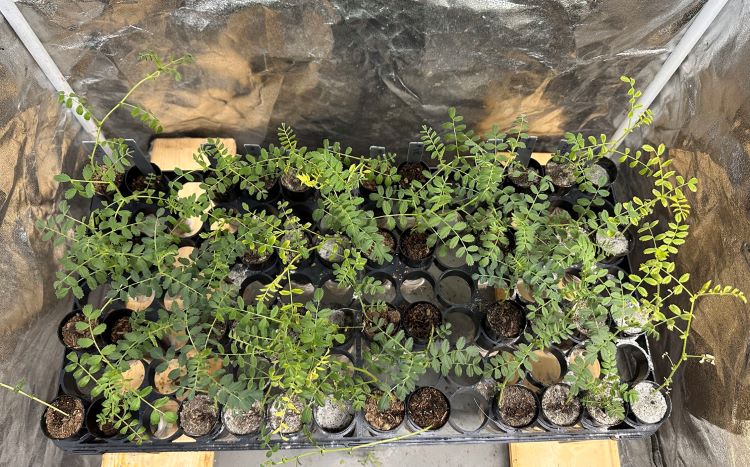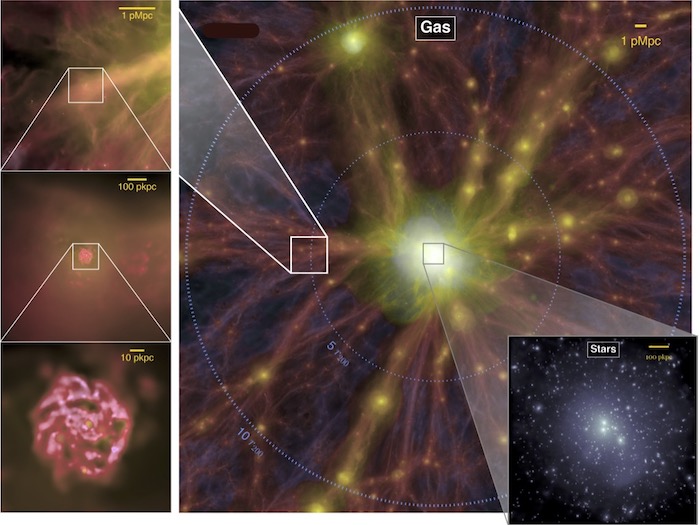In a disheartening turn of events, NASA’s Jet Propulsion Laboratory has announced that it’s laying off about 8% of its workforce. That means that about 530 JPL employees will be let go, along with about 40 employees of the Lab’s contractors. That sucks for the people being let go, but the bigger concern for the rest of us is what will happen to upcoming missions like Mars Sample Return (MSR)?
Continue reading “NASA’s JPL Lays Off Hundreds of Workers”NASA’s JPL Lays Off Hundreds of Workers
